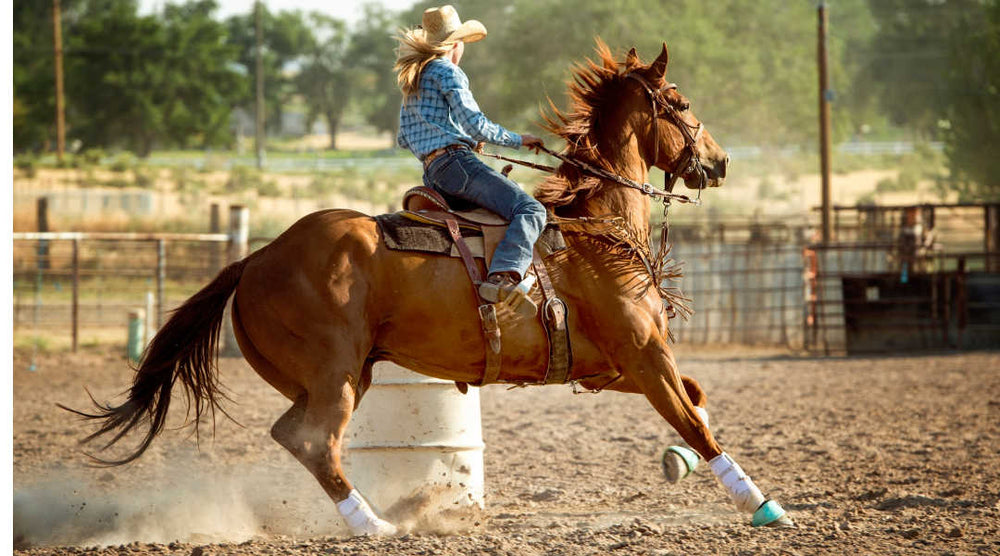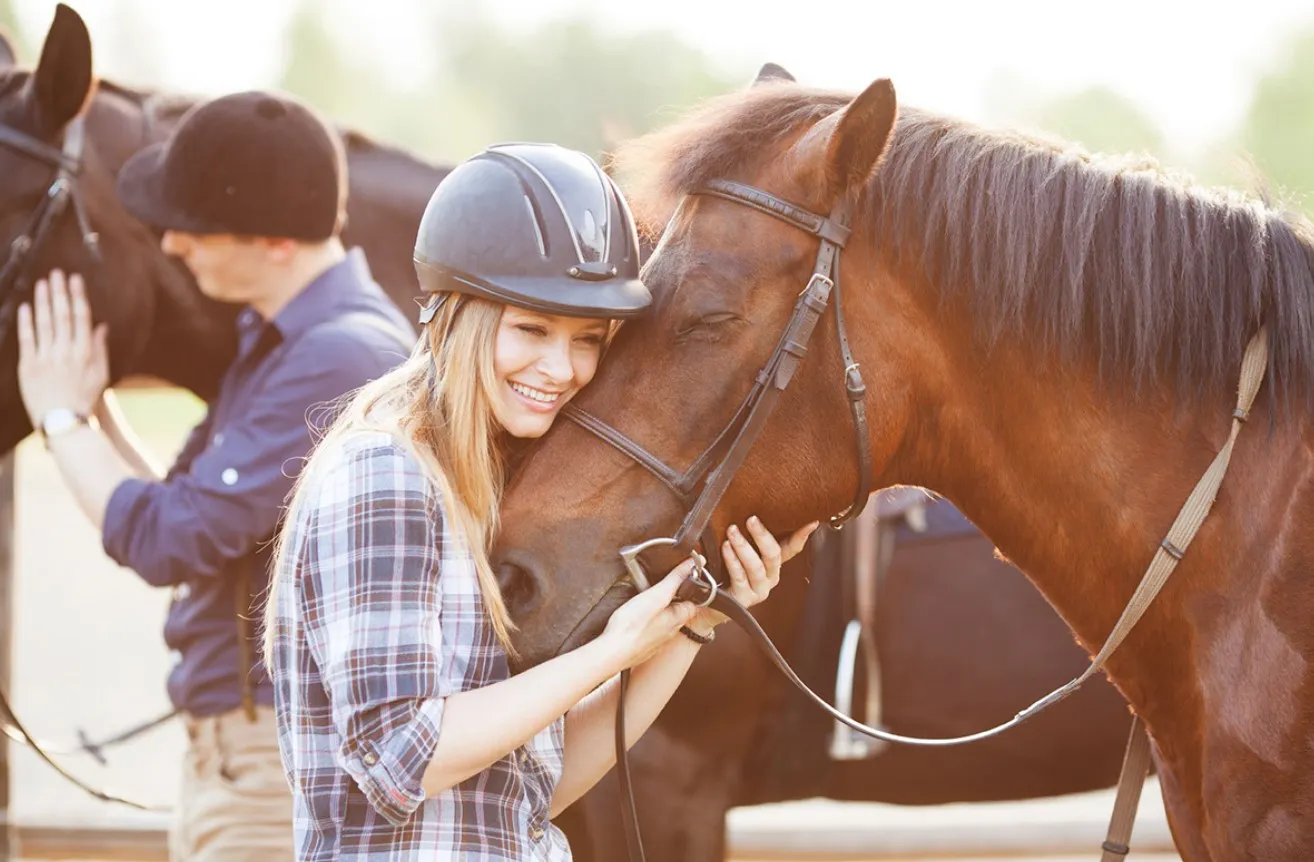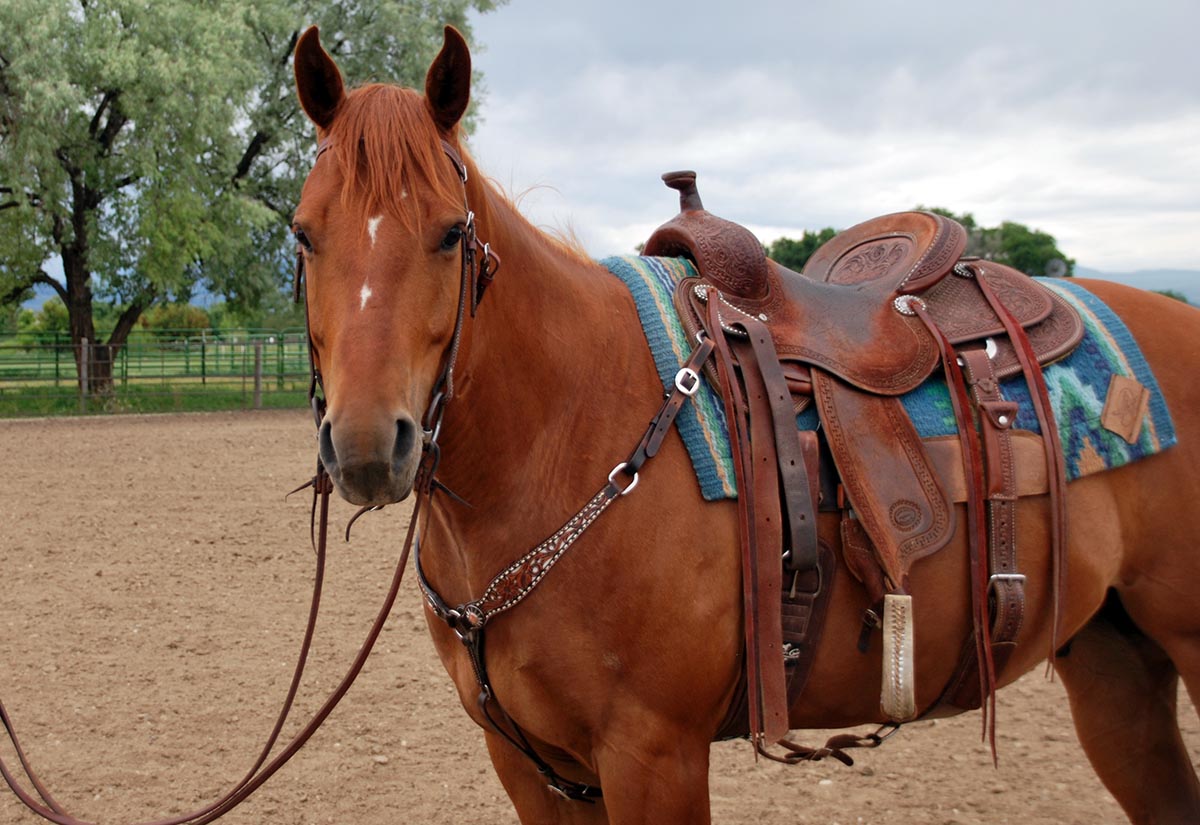Engaging in horse canter transition training is an essential skill for both novice and experienced equestrians. The canter transition is a beautiful and crucial aspect of horse riding that demands precision and practice. In this guide, we will explore the intricacies of training your horse to transition smoothly into a canter, ensuring a harmonious and balanced ride.

Understanding the Canter
Before diving into the training process, it’s vital to comprehend what a canter is. The canter is a three-beat gait that is faster than a trot but slower than a gallop. This gait is characterized by a rhythmic sequence of footfalls and is often used in various equestrian disciplines.
The Importance of Canter Transition
Mastering the canter transition is pivotal for both horse and rider as it influences the quality of the ride. A seamless transition allows for better control, balance, and understanding between horse and rider.
Preparing Your Horse
Preparation is key to successful horse canter transition training. Ensuring your horse is physically fit and mentally ready to learn will make the process smoother.
Assessing Your Horse’s Fitness
Evaluate your horse’s physical condition. A fit horse will find it easier to maintain a balanced canter. Regular training sessions can help improve endurance and strength.
Creating a Positive Environment
A positive training environment is essential. Utilize positive reinforcement techniques to encourage your horse and foster trust.
Step-by-Step Training Guide
Let’s delve into the step-by-step process of horse canter transition training, ensuring you and your horse achieve a fluid transition.
Step 1: Warm-Up Exercises
Begin with a warm-up to prepare your horse’s muscles. Incorporate pole work to enhance coordination and flexibility.
Step 2: Establish a Rhythm
Maintaining a consistent rhythm is crucial. Focus on a steady walk and trot before attempting the canter transition.
Step 3: Use Clear Cues
Communication with your horse is vital. Use voice commands and body cues to signal the transition.
Step 4: Practice Patience
Be patient with your horse. Each horse learns at its own pace, and patience is key to successful training.
Common Challenges and Solutions
Training isn’t without its challenges. Here are some common issues and solutions to overcome them:
Challenge: Resistance to Transition
If your horse resists transitioning, consider revisiting basic training techniques. Learn more about dealing with stubborn horses.
Challenge: Losing Balance
If balance is an issue, focus on exercises that strengthen your horse’s core and improve balance.
Advanced Techniques
Once your horse has mastered the basic transition, explore advanced techniques to refine and perfect the canter.
Incorporating Lateral Movements
Introduce lateral movements to enhance flexibility and responsiveness during the canter.
Utilizing Ground Poles
Use ground poles to challenge your horse’s coordination and agility, further refining the canter transition.
The Role of the Rider
The rider’s role is equally important in horse canter transition training. Your posture, balance, and cues significantly influence the transition.
Maintaining a Balanced Seat
A balanced seat is crucial for effective communication. Practice maintaining a centered and balanced position during the ride.
Clear and Consistent Cues
Ensure your cues are clear and consistent to avoid confusion and create a smooth transition.
Conclusion
In conclusion, horse canter transition training is an art that requires dedication, patience, and practice. By understanding your horse, preparing adequately, and following a structured training program, you can achieve a seamless and graceful canter transition.

FAQs
What is the ideal age to start canter transition training?
While there isn’t a specific age, horses should be physically mature and well-trained in basic gaits before starting canter transition training.
How long does it take to master the canter transition?
The time varies depending on the horse and rider. Consistent practice and patience are key to mastering the transition.
Can I train my horse to canter transition alone?
Yes, with proper knowledge and techniques, you can train your horse independently. However, seeking guidance from experienced trainers can be beneficial.
For further insights into horse training techniques, visit this external source for comprehensive information.
This article contains affiliate links. We may earn a commission at no extra cost to you.






